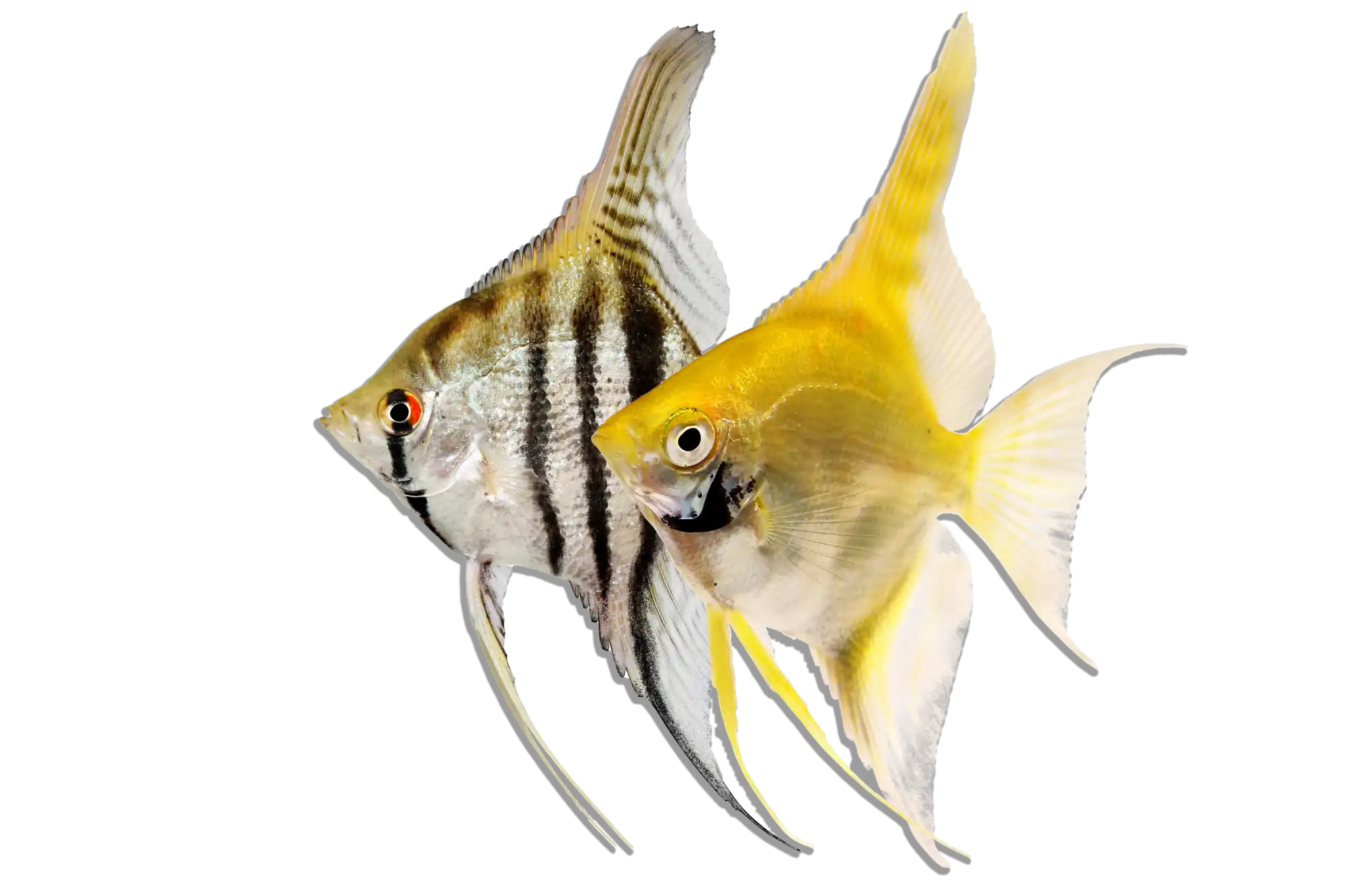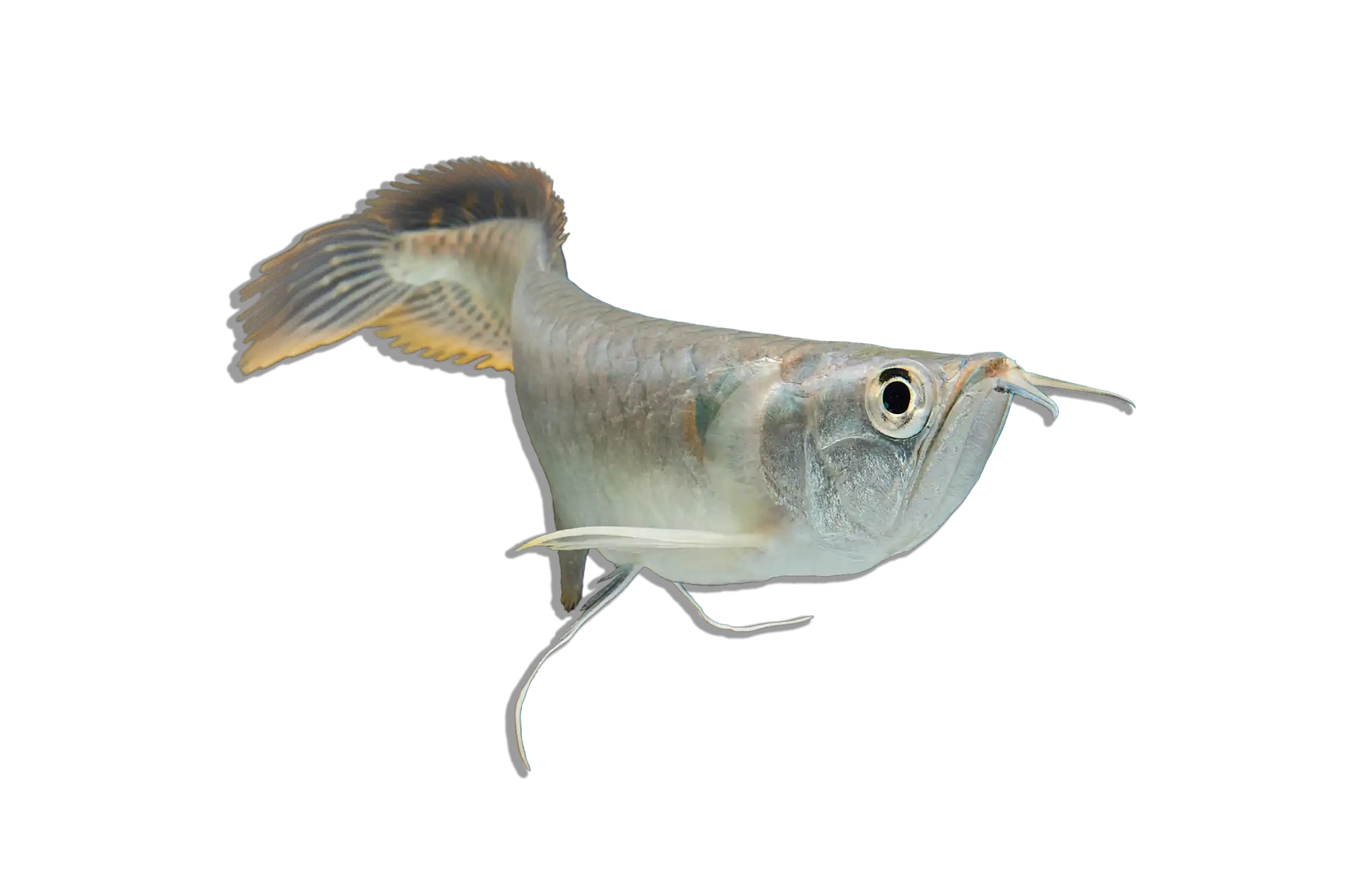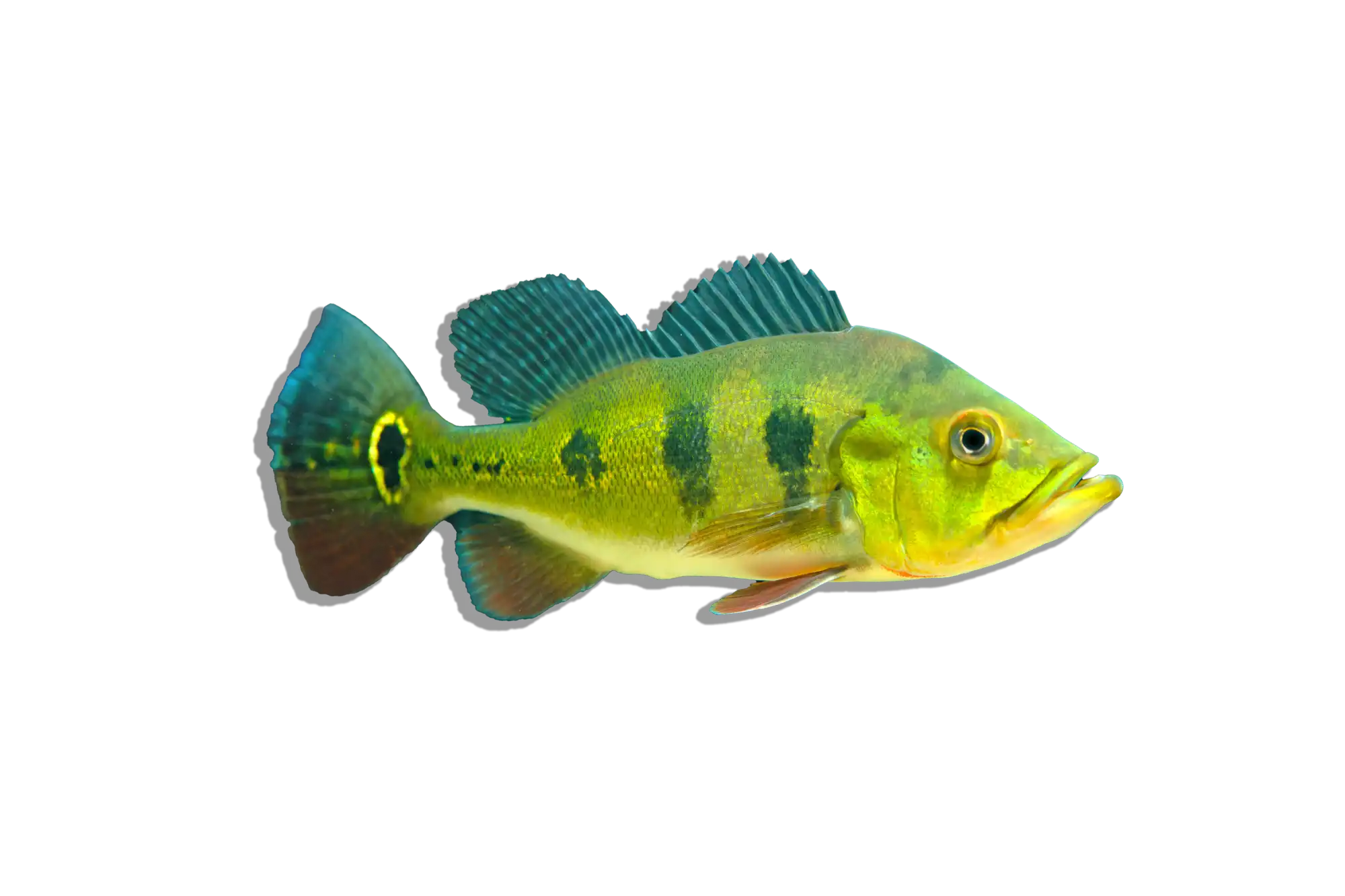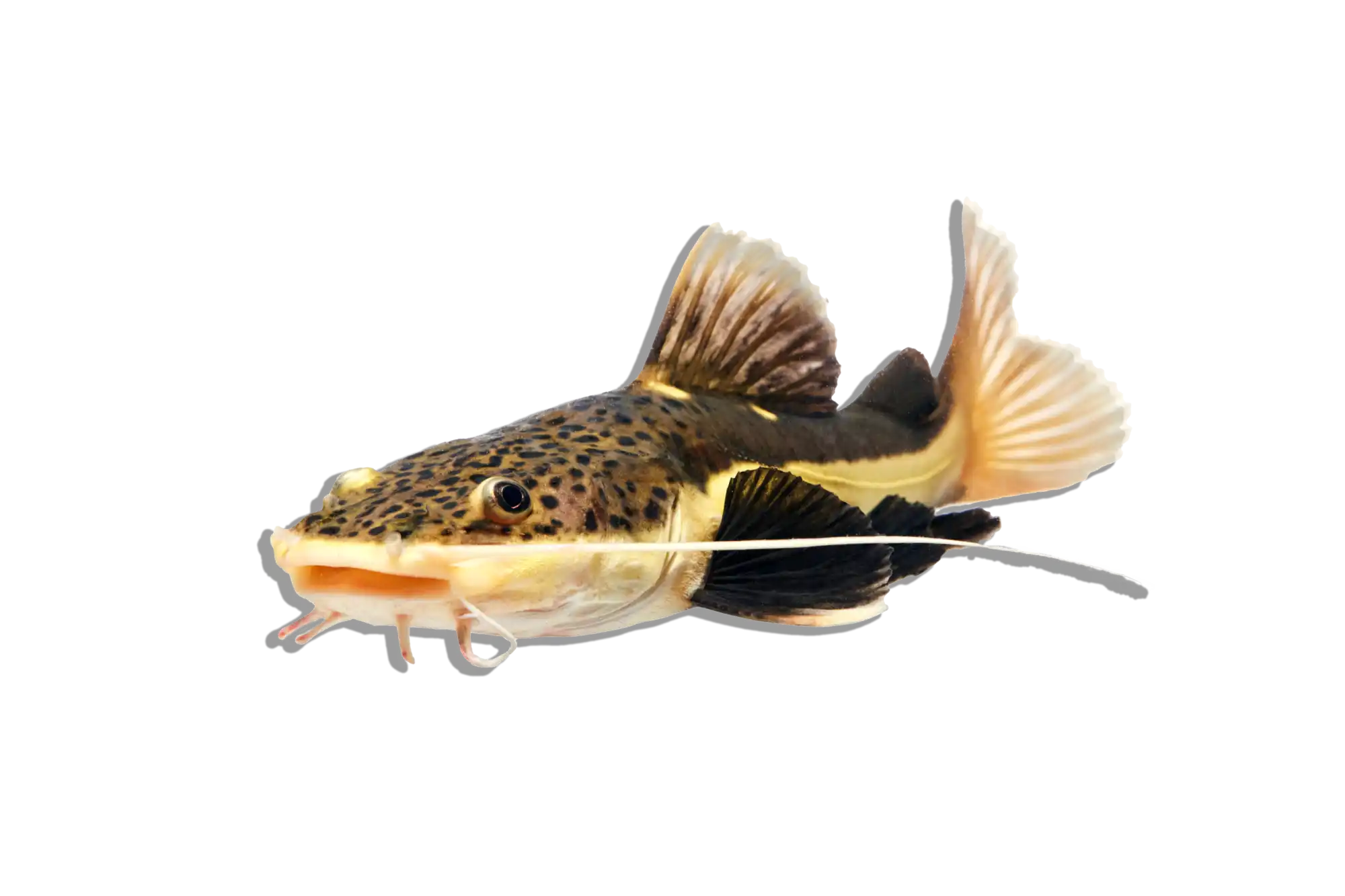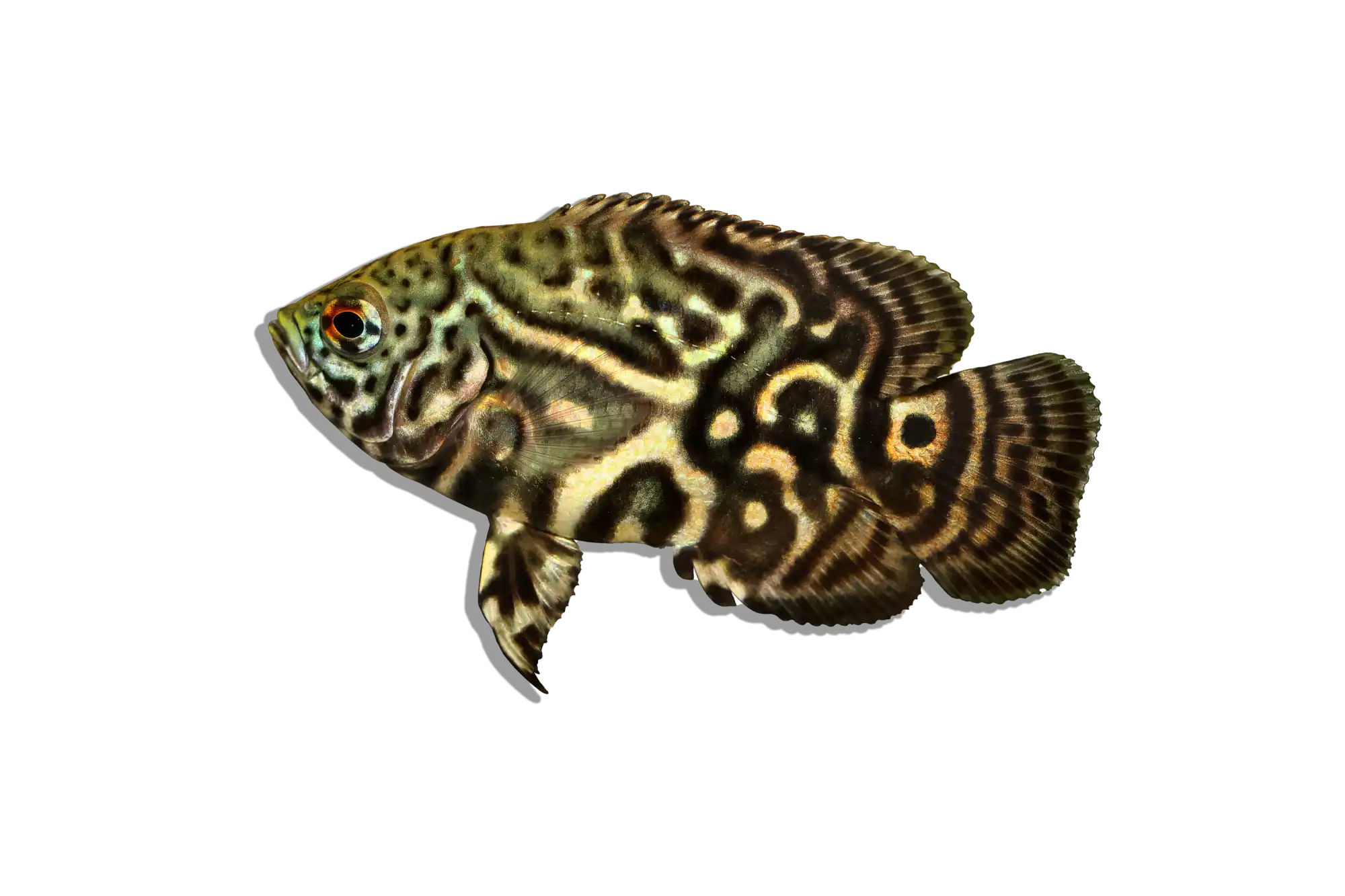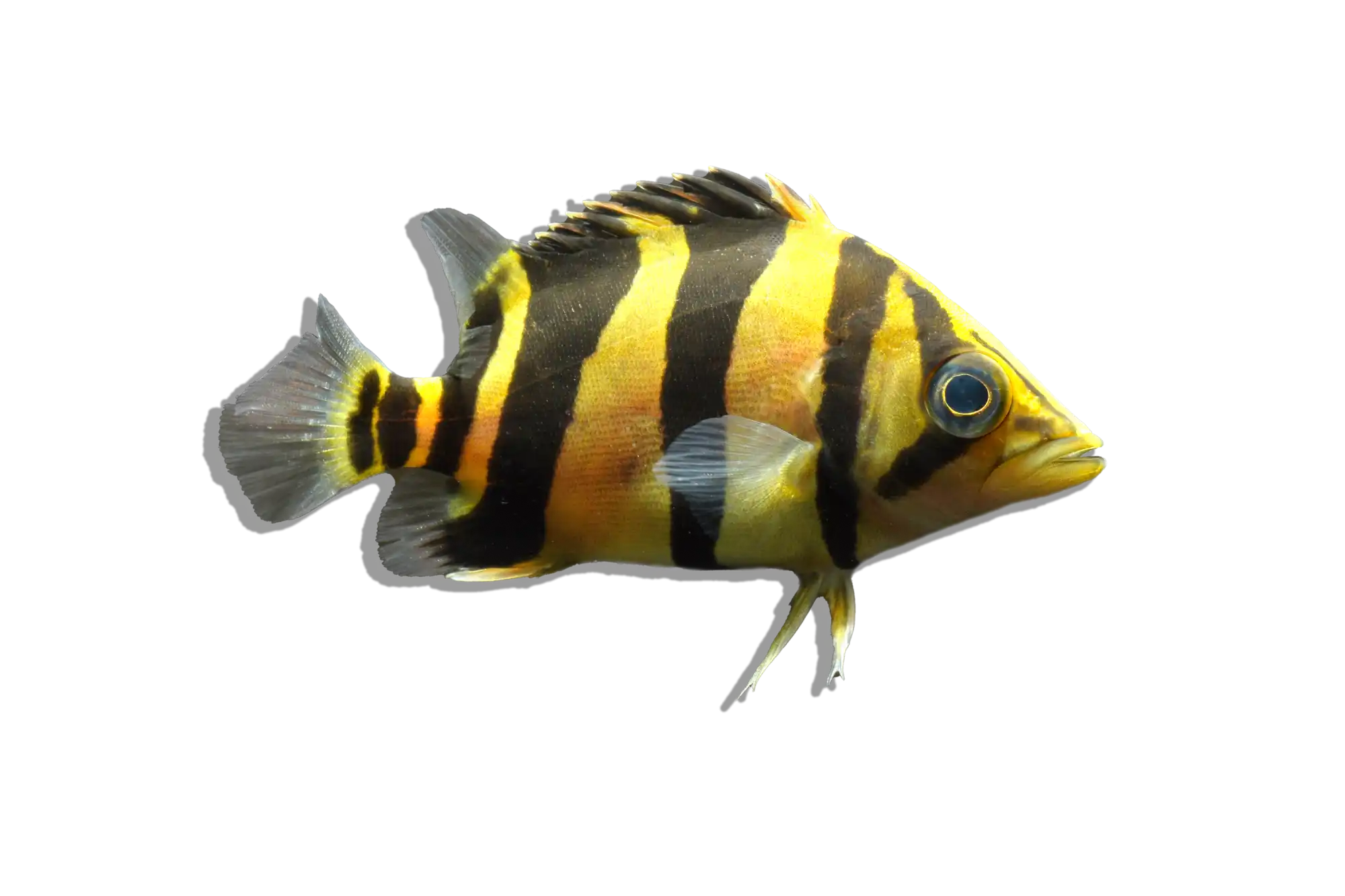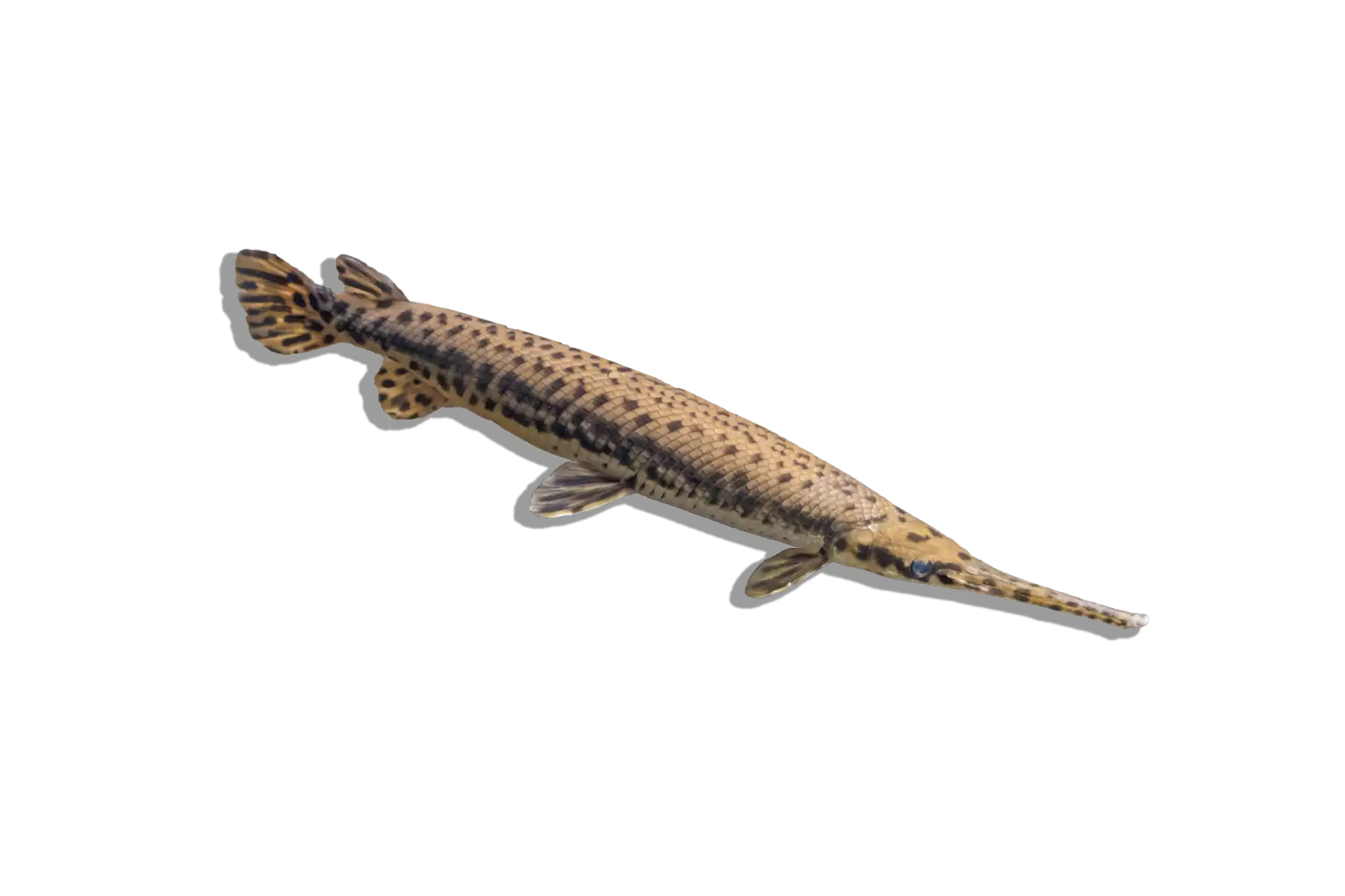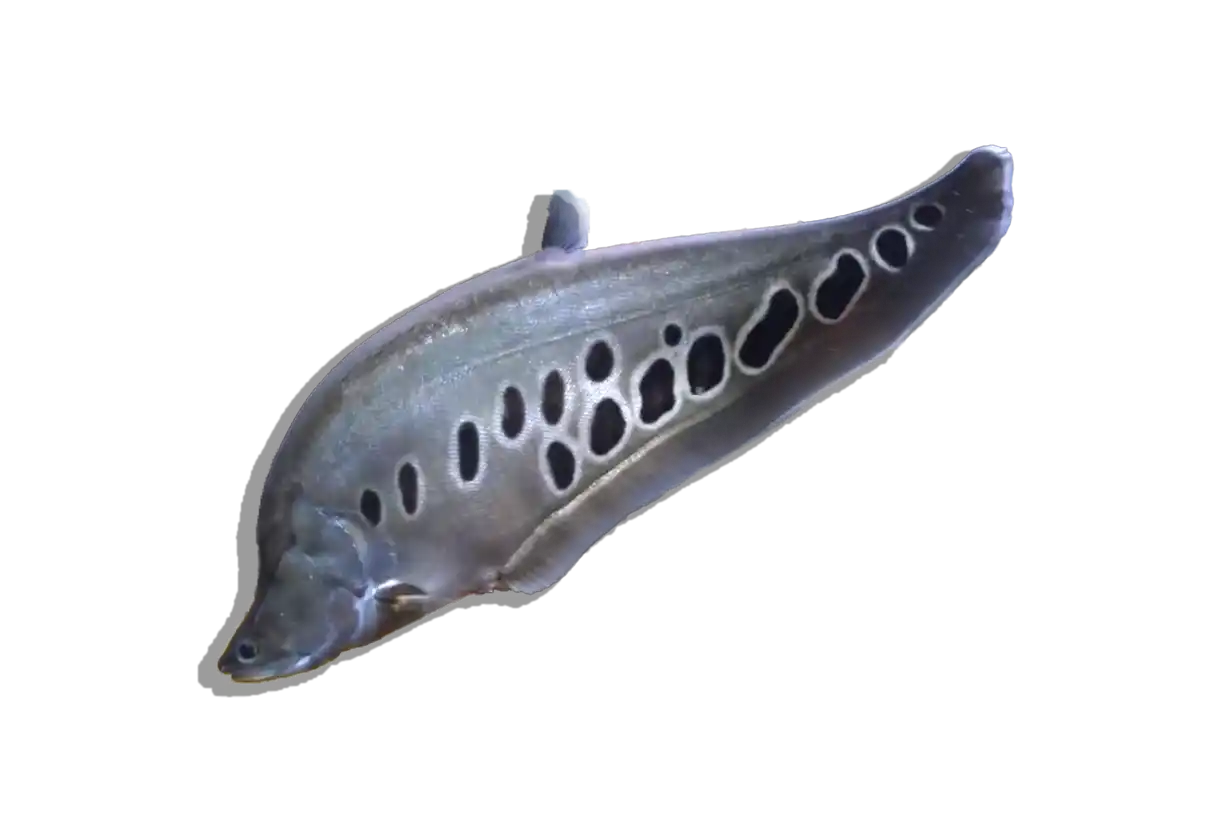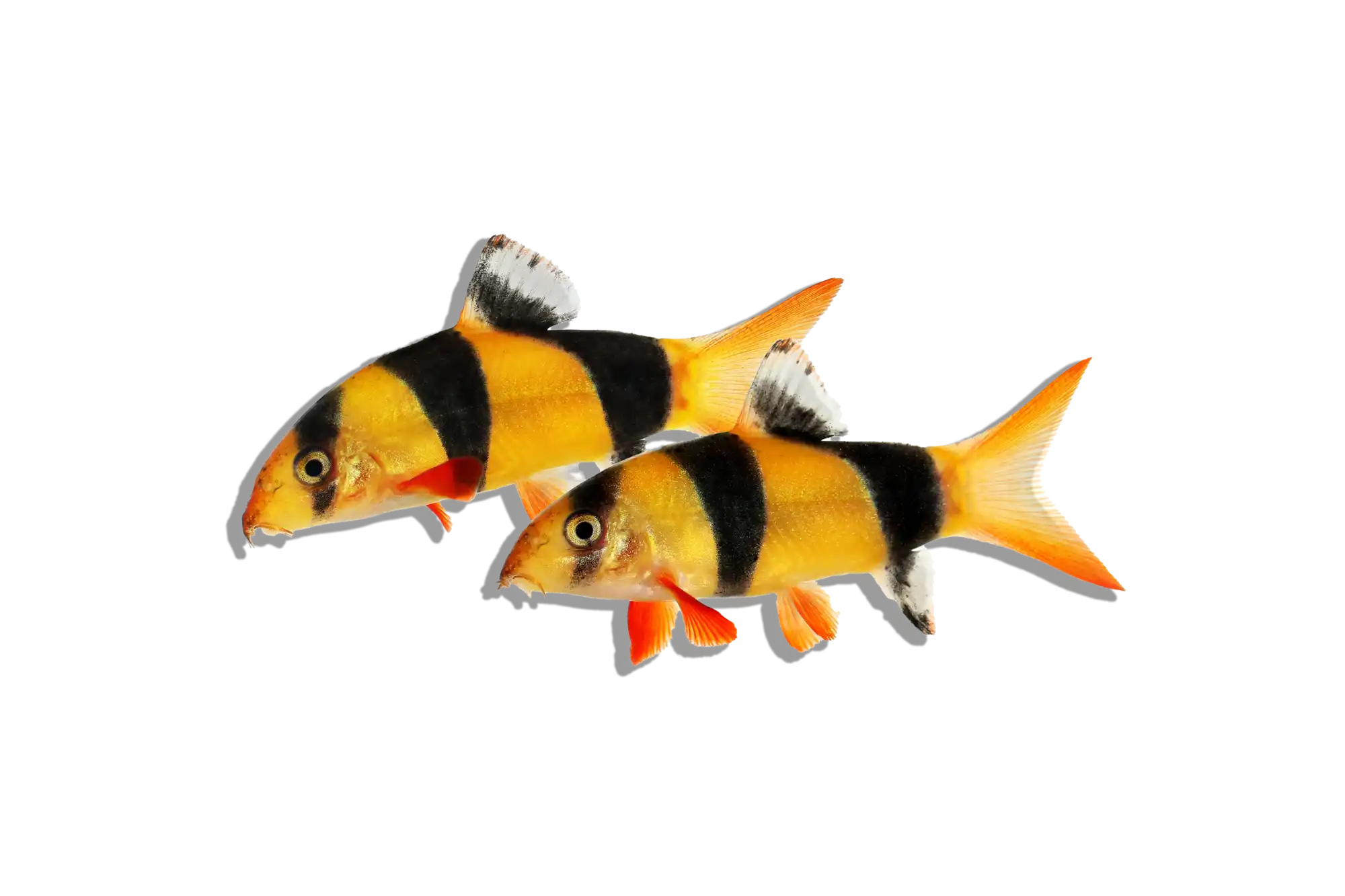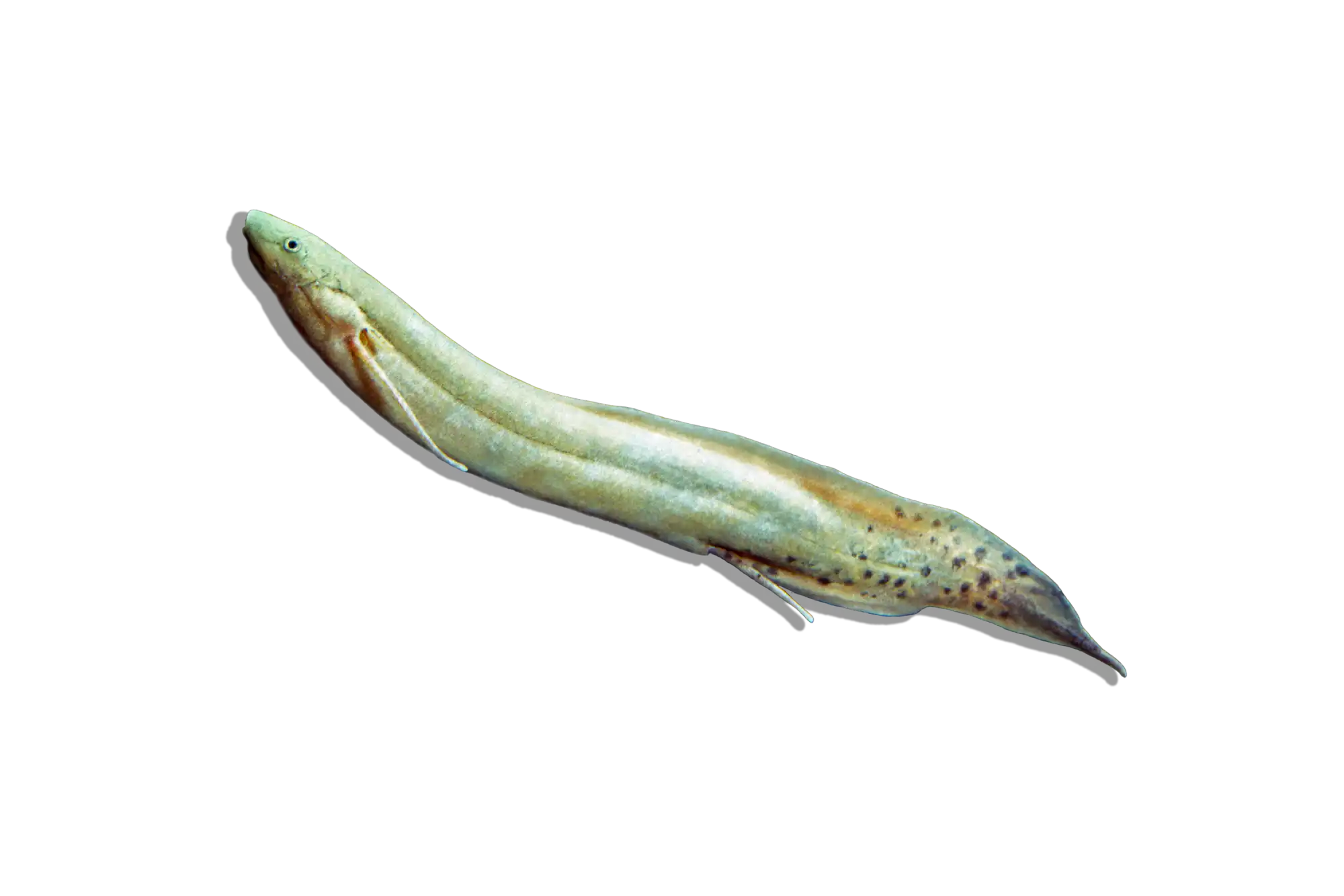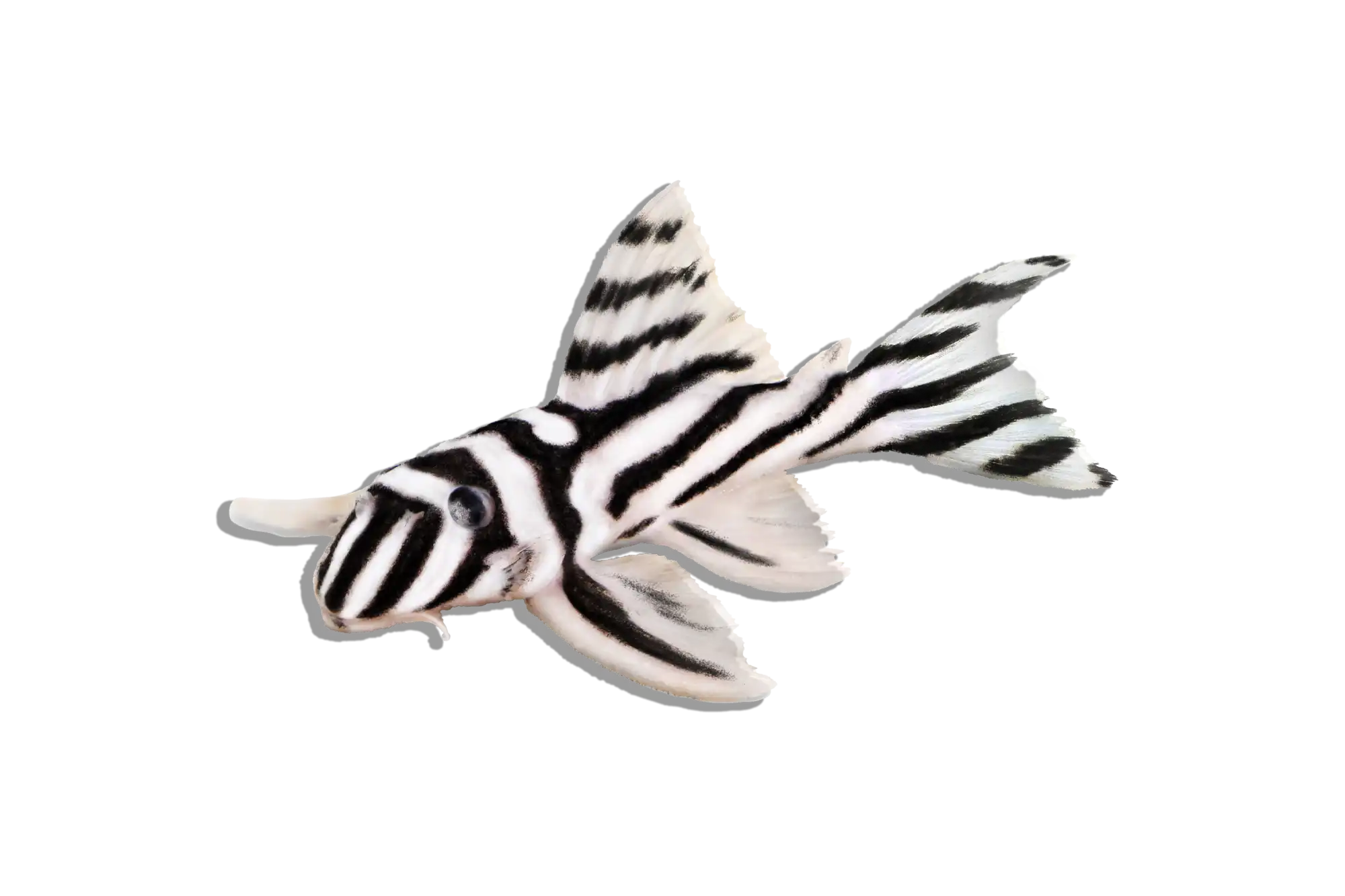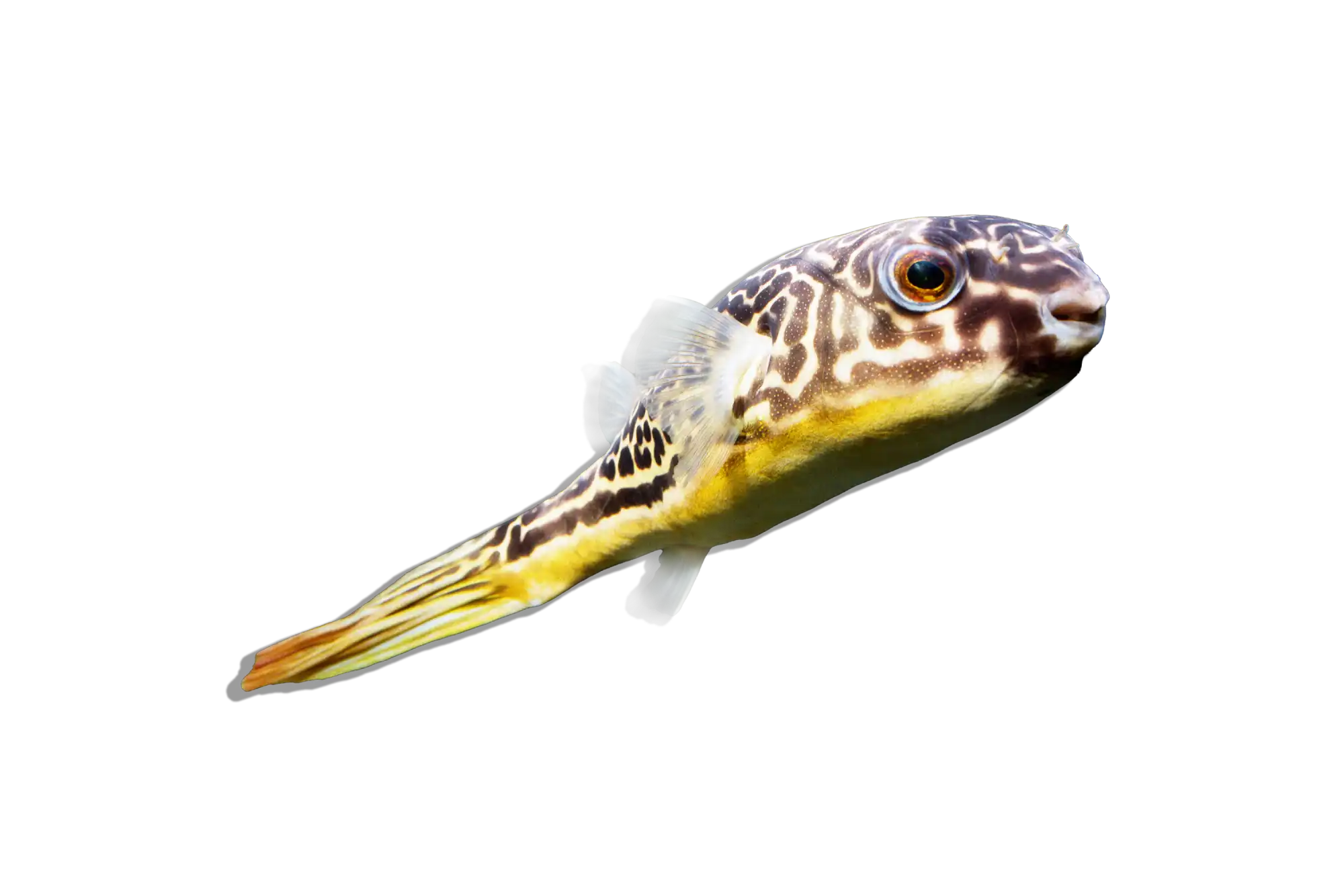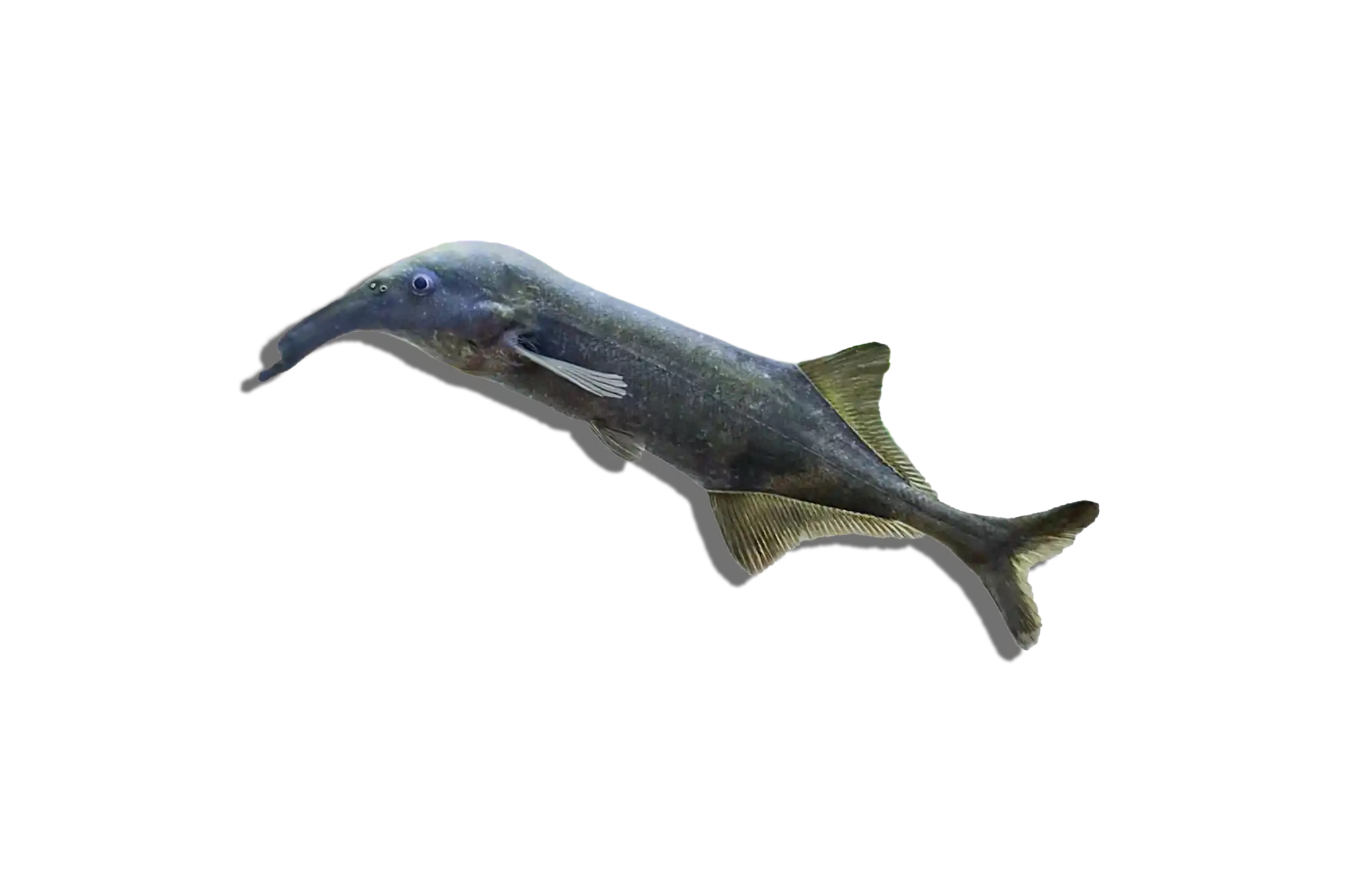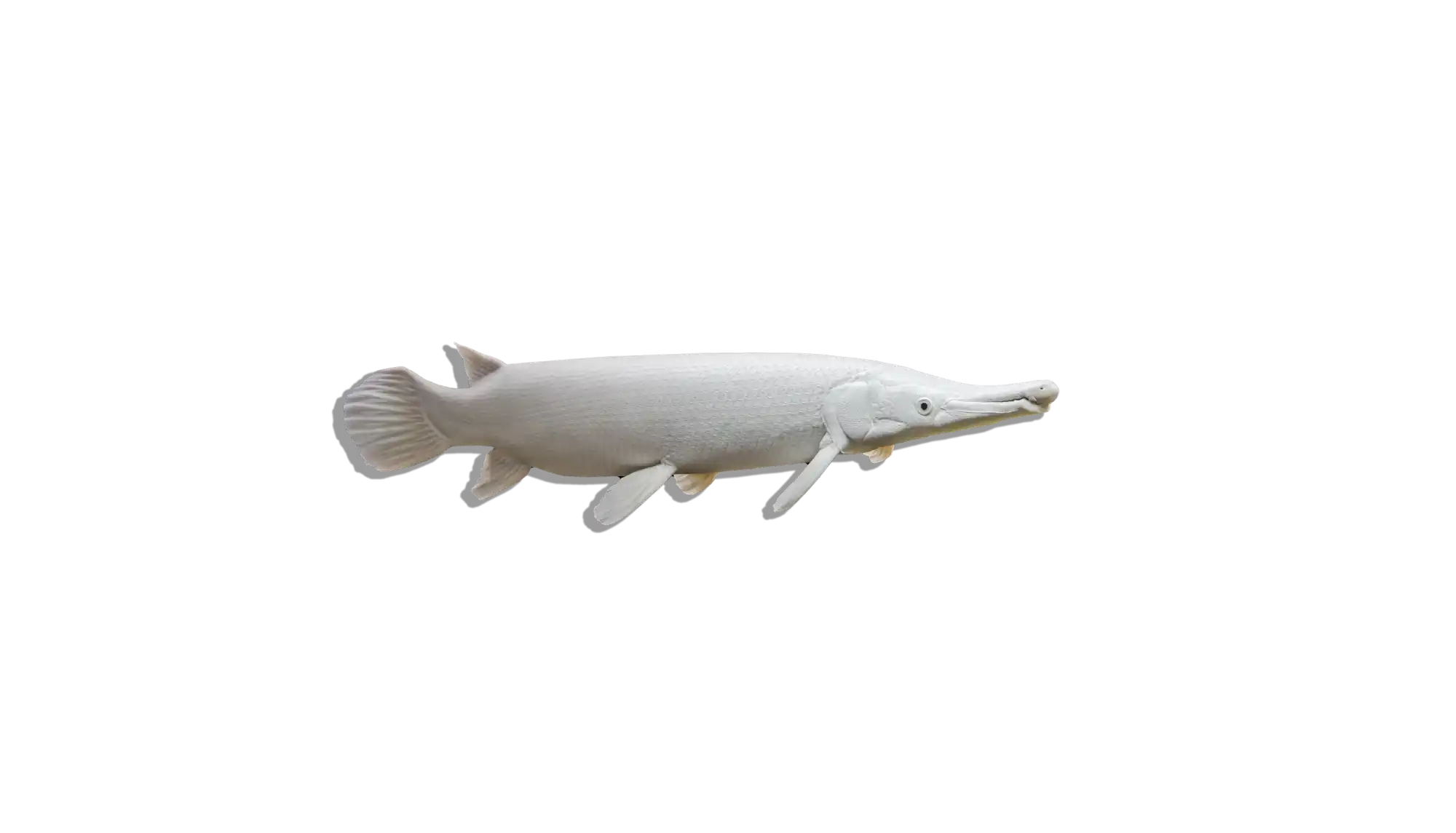Description
Common Name: Bullnose Pleco
Scientific Name: Rhinelepis aspera
Other Names: Giant Sucker Catfish, Armored Pleco
The Bullnose Pleco (Rhinelepis aspera) is a large, heavily armored suckermouth catfish known for its rugged appearance and specialized feeding adaptations. Unlike many other plecos, this species lacks a traditional pattern and instead features a dark, rough, bony exterior, giving it a prehistoric look. Its distinctive broad, flattened head and powerful sucker mouth make it an excellent algae grazer, but its large size requires a well-planned aquarium setup.
Habitat and Distribution: Rhinelepis aspera is native to South America, specifically found in the Paraná, São Francisco, and Tocantins River basins in Brazil. It inhabits fast-flowing, oxygen-rich rivers with rocky and sandy substrates, where it clings to surfaces using its strong sucker mouth. This pleco thrives in moderate to strong currents, often found in deep channels and riverbanks where it feeds on biofilm, algae, and organic detritus.
Size and Lifespan: Bullnose Plecos are among the largest loricariids, growing up to 24-28 inches (60-70 cm) in length. In captivity, they typically reach 18-24 inches (45-60 cm) with proper care. They have a long lifespan of 15-20 years, making them a long-term commitment for aquarists.
Diet and Behavior:
Bullnose Plecos are herbivorous grazers, feeding primarily on algae, detritus, and plant matter in the wild. Their diet in captivity should include:
- High-quality algae wafers and sinking pellets
- Fresh blanched vegetables (zucchini, cucumber, spinach, sweet potato)
- Occasional wood fiber (driftwood) to aid digestion
- Avoid excessive protein-rich foods, as they are primarily herbivorous
This species is generally peaceful but highly territorial, especially with other large plecos. They are active at night, spending most of their time grazing on surfaces and clinging to rocks or driftwood in strong currents.
Breeding and Reproduction: Breeding Rhinelepis aspera in captivity is rare due to their large size and specific environmental requirements. In the wild, they are cave spawners, with males guarding the eggs in submerged burrows or rock crevices until they hatch. Successfully replicating their natural breeding conditions would require a huge river-style aquarium with controlled water flow and seasonal changes.
Aquarium Care and Tank Requirements:
Due to their large size and high bioload, Bullnose Plecos require a massive, well-filtered tank. A minimum of 180 gallons is necessary for a juvenile, but 300+ gallons is recommended for a fully grown adult. Their ideal setup includes:
- Substrate: Sand or smooth gravel to prevent abrasion
- Decor: Large driftwood pieces, caves, and rocks for grazing and shelter
- Filtration: High-powered filtration (canister or sump systems) to handle waste production
- Water Movement: Moderate to strong flow to replicate river currents
- Lighting: Moderate to bright lighting encourages natural algae growth, their primary food source
Ideal Tank Mates:
Bullnose Plecos are generally peaceful but need large, sturdy tank mates due to their territorial nature. Suitable companions include:
- Large South American cichlids (such as Oscars, Severums, or Geophagus)
- Arowanas and large characins
- Large peaceful catfish (such as Pseudoplatystoma species or other loricariids)
- Avoid small fish, as they may be accidentally injured by the pleco’s movements.
Difficulty Level: Advanced. Due to their large size, need for high filtration, and territorial behavior, Bullnose Plecos are best suited for experienced aquarists with huge aquariums or indoor ponds.
Water Parameters:
- Temperature: 74-82°F (23-28°C)
- pH: 6.5-7.5
- General Hardness (GH): 5-15 dGH
- Carbonate Hardness (KH): 4-10 dKH
- Ammonia: 0 ppm
- Nitrite: 0 ppm
- Nitrate: <20 ppm (regular water changes required)
Additional Information:
- One of the largest algae-grazing plecos, making them useful for controlling biofilm in massive tanks.
- Their armor-like plates provide protection, but they still need ample hiding spots to reduce stress.
- Fun fact: Unlike many plecos, Rhinelepis aspera lacks traditional color patterns, relying on its dark, rugged appearance for camouflage in fast-moving waters.
The Bullnose Pleco is a massive, unique, and fascinating addition to large predator or South American biotope tanks, but its space and filtration needs make it a challenge suited for dedicated, experienced aquarists.

